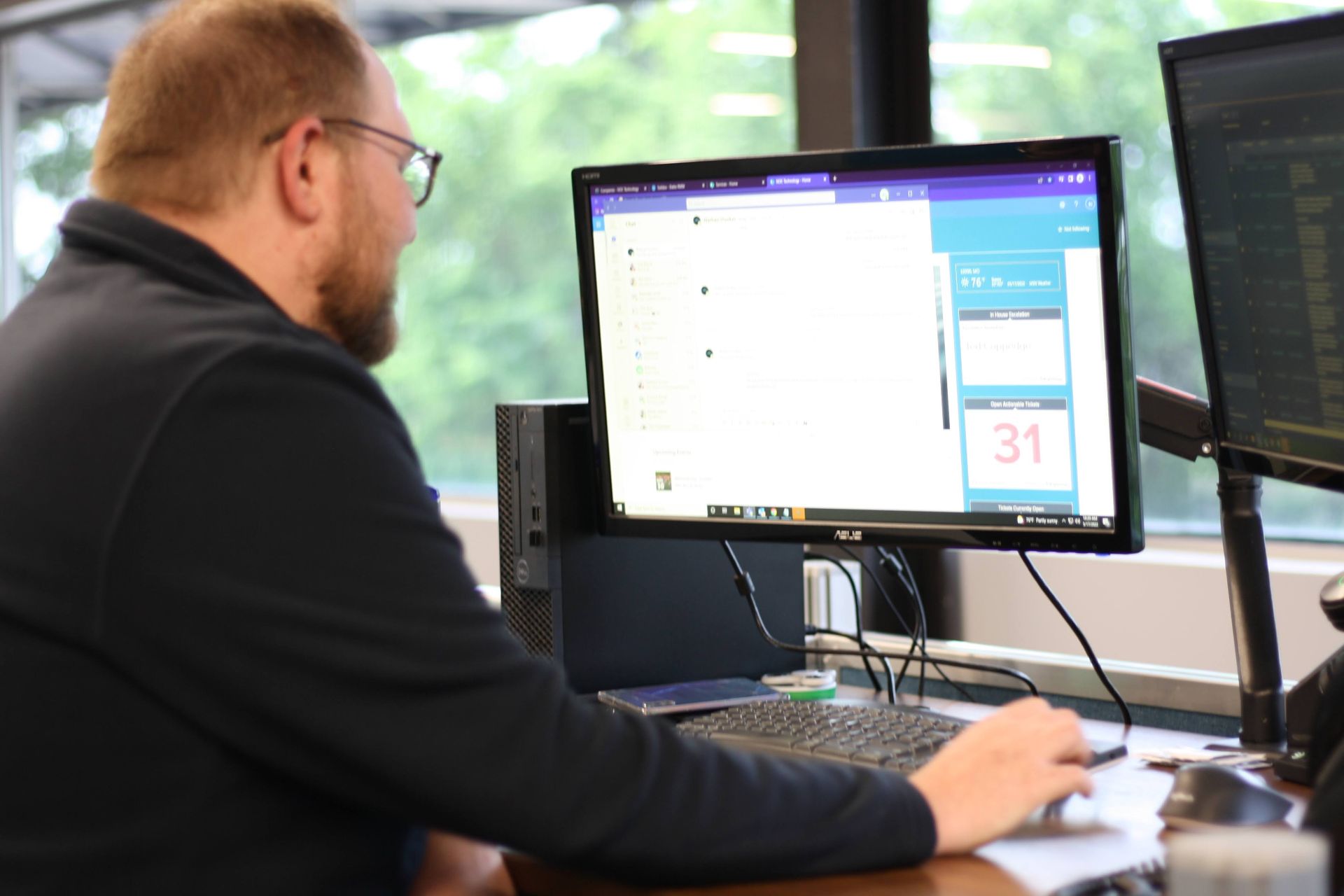Managed IT Services in St. Louis
by Jon Lober | NOC Technology
Why Your Business Needs It

Managed IT services have become increasingly popular in recent years, particularly in the St. Louis area. This is because businesses of all sizes are beginning to realize the importance of having a reliable and efficient IT infrastructure. With the right managed IT services provider, businesses can ensure that their IT systems are always running smoothly, leading to increased productivity, cost savings, and overall success.
Managed IT services providers in St. Louis offer a wide range of services, including network management, software and hardware support, data backup and recovery, and much more. They can help businesses with everything from setting up new IT systems to troubleshooting and repairing existing ones. This can be especially beneficial for small and medium-sized businesses needing more resources to hire a full-time IT staff.
One of the most significant benefits of managed IT services is that they can help businesses save money. This is because managed IT services providers typically charge a flat monthly fee, meaning businesses can budget more easily for IT expenses. In addition, managed IT services providers can often help businesses to identify and fix problems before they become major issues, which can help prevent costly downtime and data loss.
Managed IT services can also help businesses increase productivity. This is because they can help ensure that IT systems are always running smoothly, which can help employees be more productive and efficient. In addition, managed IT services providers can often help businesses with software and hardware upgrades, which can help employees work more effectively and efficiently.
Another benefit of managed IT services is that they can help businesses improve their security. This is because managed IT services providers can help businesses with everything from setting up firewalls and anti-virus software to monitoring potential security threats. In addition, managed IT service providers can often help businesses with data backup and recovery, which can help protect against data loss in the event of a disaster.
Finally, managed IT services can help businesses stay competitive. This is because they can help businesses stay up-to-date with the latest technology trends, which can help them remain competitive in their industry. In addition, managed IT services providers can often help businesses with software and hardware upgrades, which can help them stay competitive by providing employees with the tools they need to work more effectively and efficiently.
In conclusion, managed IT services are essential for St. Louis and worldwide businesses. They can help businesses save money, increase productivity, improve security, and stay competitive. By working with a managed IT services provider, businesses can ensure that their IT systems are always running smoothly, which can help them achieve their goals and succeed in today's fast-paced business world.

Need more help choosing an MSP that fits YOU?
Start with a quality list of questions from industry experts. We'll give you our top 10 questions that we think you need to use in any opening interview with a potential IT partner (plus a few bonus follow-up questions). Beyond just a script, we explain why these questions are important to you as you find your tech soul mate.




